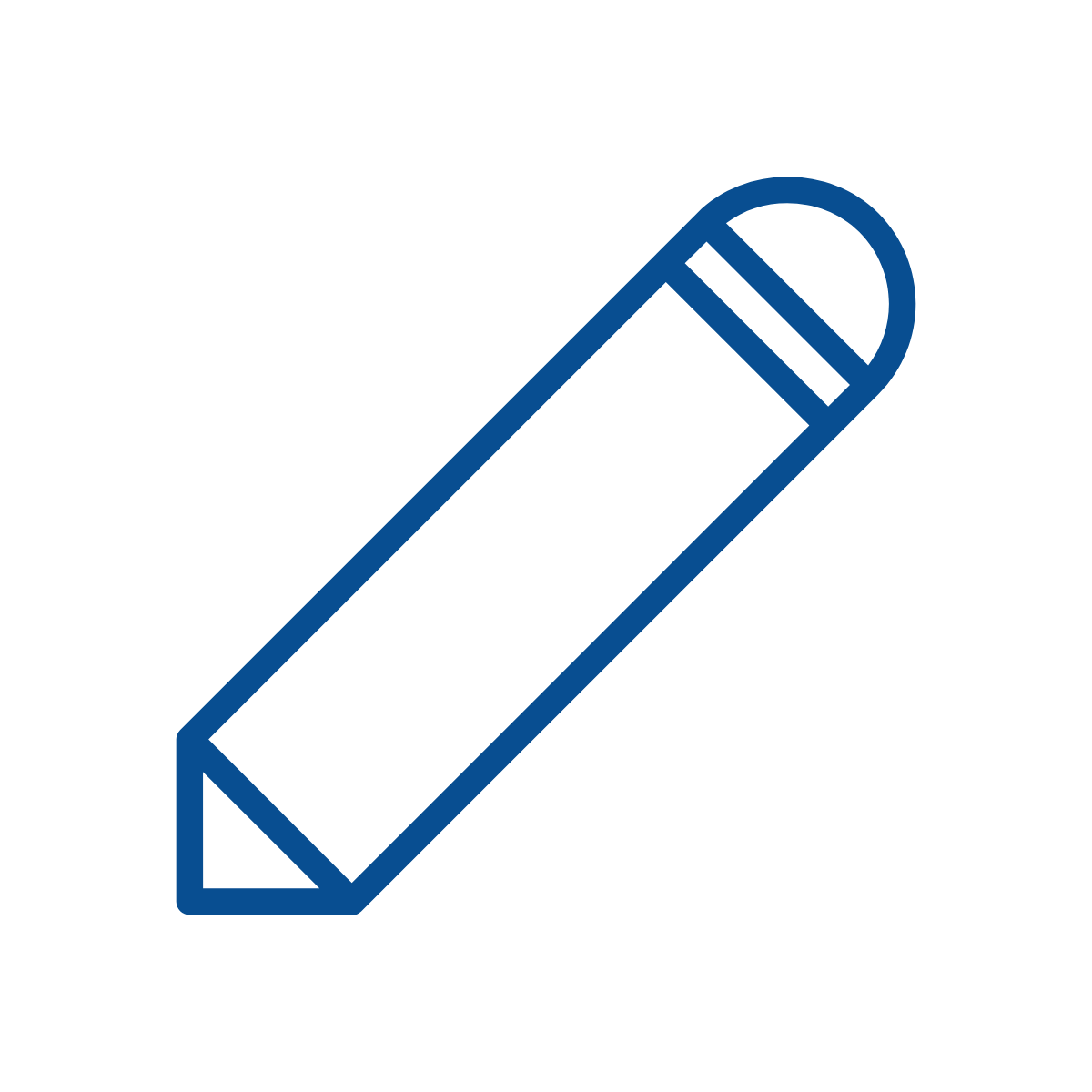Course teacher(s)
Andriy Haydys (Coordinator)ECTS credits
5
Language(s) of instruction
english
Course content
• Smooth surfaces: Tangent plane, smooth maps and their differentials, orientability and integration on surfcaces, the Gauss-Bonnet theorem;
• Manifolds: Tangent space, smooth maps and their differentials, vector fields and the group of diffeomorphisms.
Objectives (and/or specific learning outcomes)
This course is the first part of the Differential Geometry course. In particular, basic notions and methods of differential geometry such as smooth manifolds, vector fields, vector bundles etc. appearing both in various branches of mathematics and physics will be introduced and developed. At the end of this teaching unit, a student will be able
• to decide whether a subset of R3 is a smooth surface ;
• to compute the differential of a smooth maps, its critical points ;
• to compute examples of integral curves of vector fields ;
• describe properties of 1-parameter groups of diffeomorphisms generated by vector fields.
Prerequisites and Corequisites
Required and Corequired knowledge and skills
MATH-F201 Calcul différentiel et intégral II
MATH-F211 Topologie
Required and corequired courses
Cours co-requis
Teaching methods and learning activities
• Lectures.
• Weekly question and answer sessions.
• Guided exercises in small groups.
References, bibliography, and recommended reading
S.Montiel, A.Ros. Curves and Surfaces, AMS.
D.Barden, C.Thomas. An introduction to differential manifolds, Imperiall College Press.
J.Lee. Introduction to smooth manifolds, Springer Verlag.
L.Tu. An introduction to manifolds, Springer Verlag.
Course notes
- Syllabus
Contribution to the teaching profile
• To master the principles of logical reasoning and to be able to base on them a flawless argumentation.
• To understand how a concept emerges from observations , examples.
• Understand an abstraction process and its role in the development of a theory.
• Write a mathematically rigorous solution or a result in a mathematical theory.
Other information
Additional information
Written lecture notes will be provided.
Contacts
Andriy Haydys, andriy.haydys@ulb.be
Campus
Plaine
Evaluation
Method(s) of evaluation
- written examination
- Group work
written examination
Group work
Mark calculation method (including weighting of intermediary marks)
80 % Examen écrit + 20 % Travail de groupe
Language(s) of evaluation
- english
